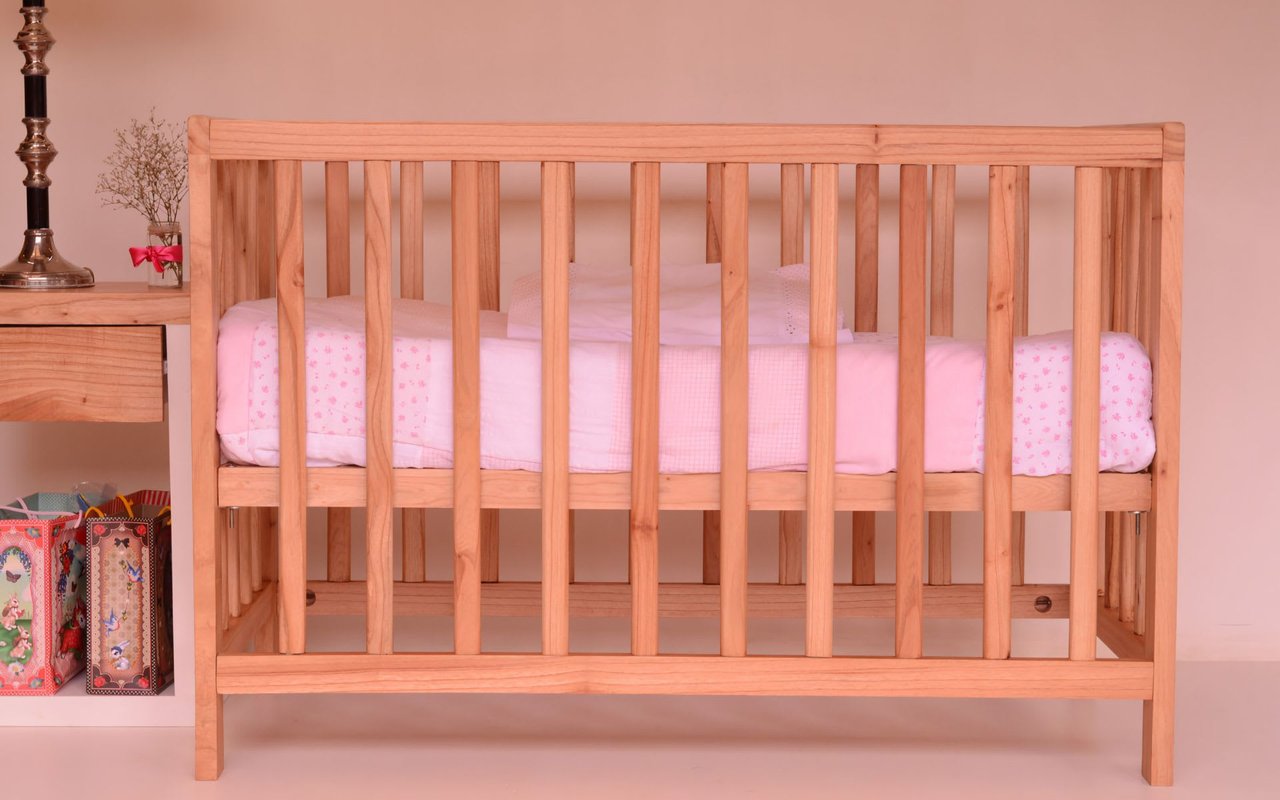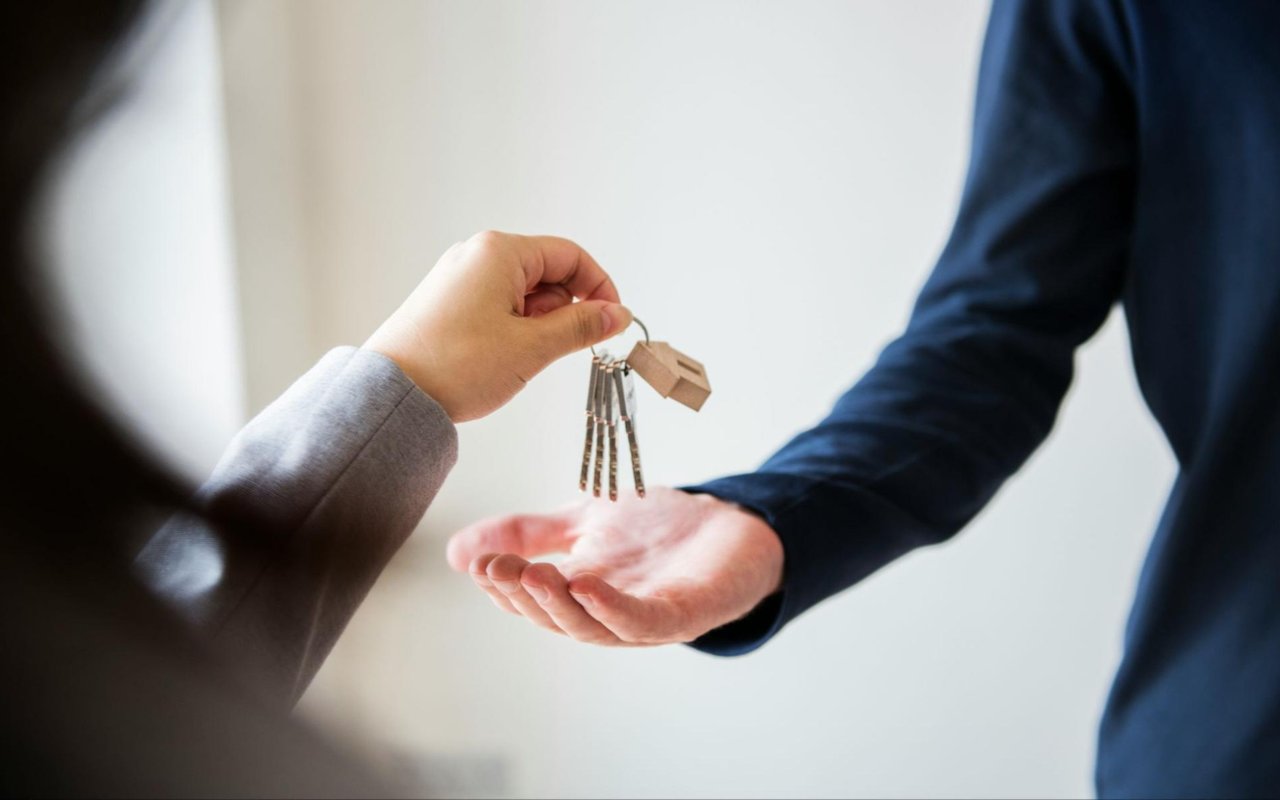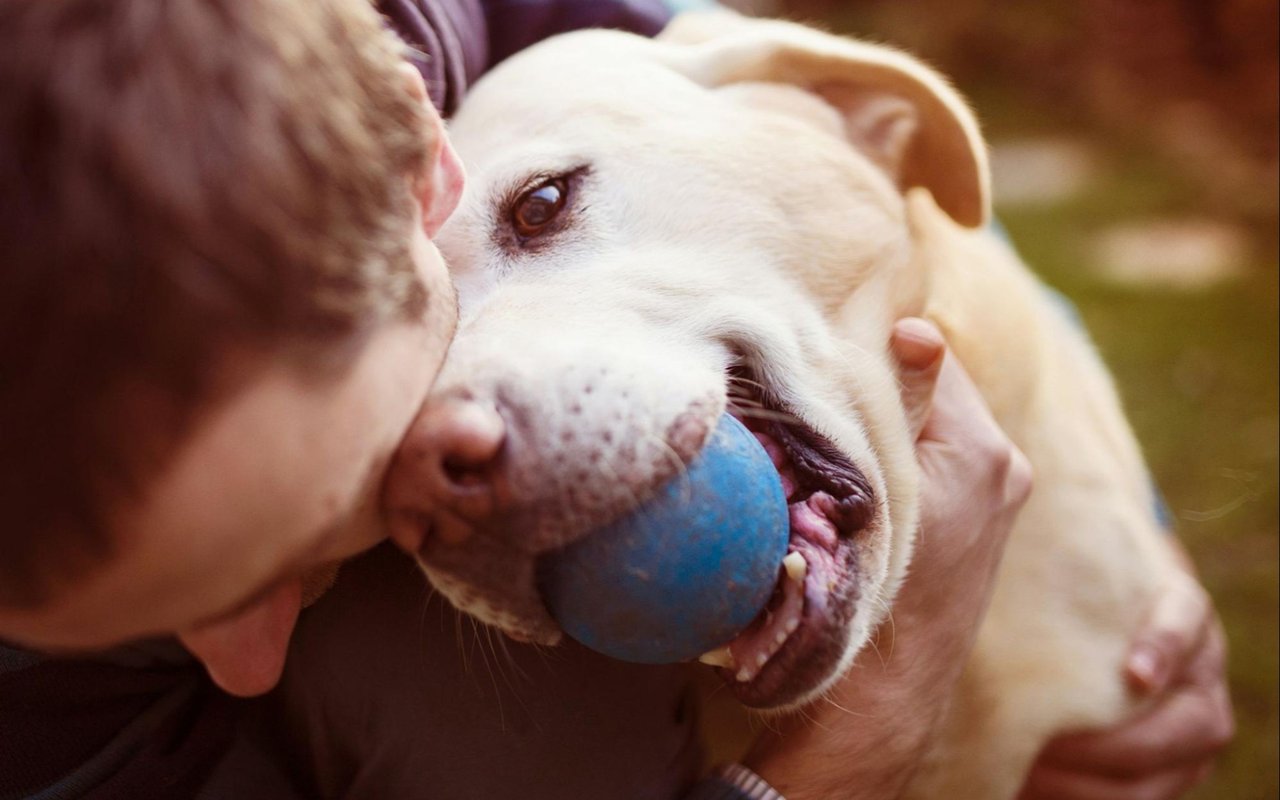Ensuring your home is safe for your children is a top priority for any parent. A secure environment allows children to explore and grow while minimizing the risk of accidents. From baby-proofing to teaching safety habits, there are numerous ways to create a home that supports your child's well-being. Let's explore some essential tips to help you achieve a secure and nurturing environment for your little ones.
Baby-Proofing Essentials
Baby-proofing is the first step in creating a secure home for your child. Start by installing safety gates at the top and bottom of stairs to prevent falls. Secure heavy furniture, such as bookshelves and dressers, to the wall to avoid tipping accidents. Cover electrical outlets with safety plugs and use cord shorteners to keep blind cords out of reach. Additionally, ensure that sharp edges on furniture are cushioned with corner guards.
Kitchen Safety Measures
The kitchen is a common area where accidents can happen, so it's important to implement safety measures. Use stove knob covers to prevent children from turning on burners, and always turn pot handles inward to avoid accidental spills. Store sharp objects like knives and scissors in locked drawers or cabinets. Keep cleaning supplies and other hazardous materials in high cabinets or locked storage areas to prevent access.
Bathroom Safety Tips
Bathrooms can pose several risks for children, so taking precautions is essential. Install anti-scald devices on faucets and showerheads to prevent burns from hot water. Use non-slip mats in the bathtub and bathroom floor to reduce the risk of slips and falls. Keep medications, toiletries, and cleaning products in locked cabinets. Always supervise young children during bath time to ensure their safety.
Safe Sleeping Practices
Creating a safe sleeping environment is crucial for your child's well-being. Use a firm mattress that fits snugly in the crib, and avoid placing pillows, blankets, or stuffed animals inside, as these can pose suffocation hazards. Ensure that the crib meets current safety standards and that the slats are no more than a certain distance apart to prevent entrapment. Position the crib away from windows, blinds, and cords to eliminate potential dangers.
Childproofing Windows and Doors
Windows and doors can be potential hazards if not properly secured. Install window guards or stops to prevent windows from opening more than a few inches. Use cordless window coverings to eliminate the risk of strangulation from blind cords. For doors, consider using door knob covers or locks to prevent children from accessing rooms that may not be child-friendly, such as the garage or basement.
Toy Safety Guidelines
Toys are an integral part of a child's development, but it's vital to ensure they are safe. Choose age-appropriate toys that do not have small parts that could pose choking hazards. Regularly inspect toys for any damage or wear and tear that could make them unsafe. Store toys in bins or shelves that are easily accessible to children, but avoid placing heavy items on top that could fall and cause injury.
Fire Safety Precautions
Fire safety is a critical aspect of home security. Install smoke detectors on every level of your home and test them regularly to ensure they function correctly. Keep fire extinguishers in key areas, such as the kitchen and near the fireplace, and familiarize yourself with how to use them. Create and practice a fire escape plan with your children, teaching them how to safely exit the home in an emergency.
Electrical Safety Tips
Electrical hazards can pose significant risks to children, so it's important to take preventative measures. Use outlet covers to prevent children from inserting objects into electrical sockets. Keep electrical cords out of reach and avoid running them under rugs or carpets where they can become damaged. Unplug appliances when not in use and store them safely to prevent accidental contact.
Outdoor Safety Considerations
If you have an outdoor space, it's crucial to ensure it is safe for your children to play. Install a fence around the yard to keep children within a designated area and prevent them from wandering off. Regularly inspect outdoor play equipment for any damage or wear that could pose a risk. Keep gardening tools, chemicals, and other hazardous materials in a locked shed or storage area.
Teaching Safety Habits
In addition to creating a secure environment, teaching your children safety habits is essential. Educate them about the importance of not touching hot surfaces, sharp objects, or electrical outlets. Teach them to always ask for help when reaching for items out of their reach. Encourage them to communicate any hazards they notice and praise them for practicing safe behaviors.
Regular Safety Checks
Maintaining a secure home is an ongoing process that requires regular safety checks. Periodically review each room in your home to identify and address any potential hazards. Check that safety devices like smoke detectors and outlet covers are in good working condition. Stay informed about the latest child safety recommendations and update your home as needed to ensure it remains a safe environment for your children.
About Blake O’Shaughnessy
Looking to achieve your real estate goals in Denver? Work with Blake O'Shaughnessy, a seasoned professional with deep local knowledge and a reputation for integrity and excellent communication. Blake's insider understanding of Denver's neighborhoods, combined with a strategic approach, ensures you find your ideal home in the perfect location. Recognized as a Top 1% Real Estate Professional by Real Trends and The Wall Street Journal, Blake offers expertise in Denver's upscale areas, including Denver Country Club and Cherry Creek.
If you're looking for a new family-friendly home in the area,
Blake O'Shaughnessy is here to help. Contact Blake today to find the perfect home for your family in the target location.





